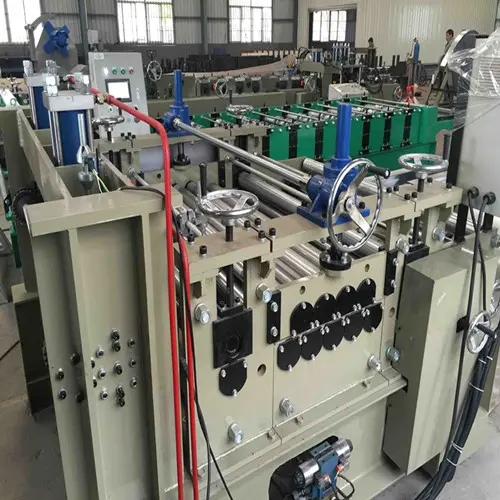
Understanding the HS Code for Welding Rods
When it comes to international trade, the Harmonized System (HS) code plays an essential role in classifying products to facilitate customs procedures. Among various products, welding rods have specific HS codes that help in their identification and regulation globally. In this article, we will delve into the meaning and significance of the HS code for welding rods, its classification, and its implications for importers and exporters.
What is an HS Code?
The Harmonized System (HS) is a standardized numerical method of classifying traded products. Developed and maintained by the World Customs Organization (WCO), it serves as a universal code used by customs authorities worldwide to streamline international shipping and trade. Each HS code consists of six digits, but many countries extend these codes to further describe specific items, often adding additional numbers.
HS Code for Welding Rods
Welding rods are essential tools in various industries, particularly in manufacturing and construction. They serve as electrodes in the welding process, providing the filler metal to join different pieces of material. The HS code for welding rods typically falls under Chapter 83 of the Harmonized System, which covers tools and implements used for various mechanical and industrial applications.
The basic HS code for welding rods is 8311.10, which classifies them as base metal rods and wires, coated or cored with flux. This code encompasses a wide range of welding rods, including those used in arc welding, gas welding, and other welding methods. However, it is essential to note that various specific types of welding rods may have additional sub-codes for more precise identification.
Importance of HS Codes in International Trade

Understanding the HS code for welding rods is crucial for several reasons
1. Customs Clearance Accurate HS coding ensures smoother customs clearance for importers and exporters. Misclassification can lead to delays, fines, or even confiscation of goods.
2. Tariffs and Duties Different HS codes may attract varying tariffs and duties. Knowing the correct HS code helps businesses assess potential costs when importing or exporting welding rods, enabling better financial planning.
3. Trade Agreements Many countries have trade agreements that provide reduced tariffs for specific products. Accurate HS coding allows companies to take advantage of such agreements.
4. Regulatory Compliance Certain categories of welding rods may be subject to specific regulations regarding safety, quality, and environmental impact. Correctly identifying your products through the HS code ensures compliance with local and international laws.
5. Market Research Understanding the HS classification helps businesses analyze market trends, demand, and competition. Companies can identify potential markets and develop strategies to penetrate them.
Conclusion
In conclusion, the HS code for welding rods is not merely a series of numbers; it represents a critical element in the framework of international trade. For businesses involved in importing or exporting welding rods, understanding and utilizing the correct HS code is vital for ensuring compliance with customs regulations, anticipating costs, and leveraging trade agreements. As global trade continues to expand, maintaining an informed and compliant approach to product classification will be beneficial for businesses involved in the welding industry. By staying updated on relevant regulations and the HS coding system, companies can position themselves for success in the competitive global market.